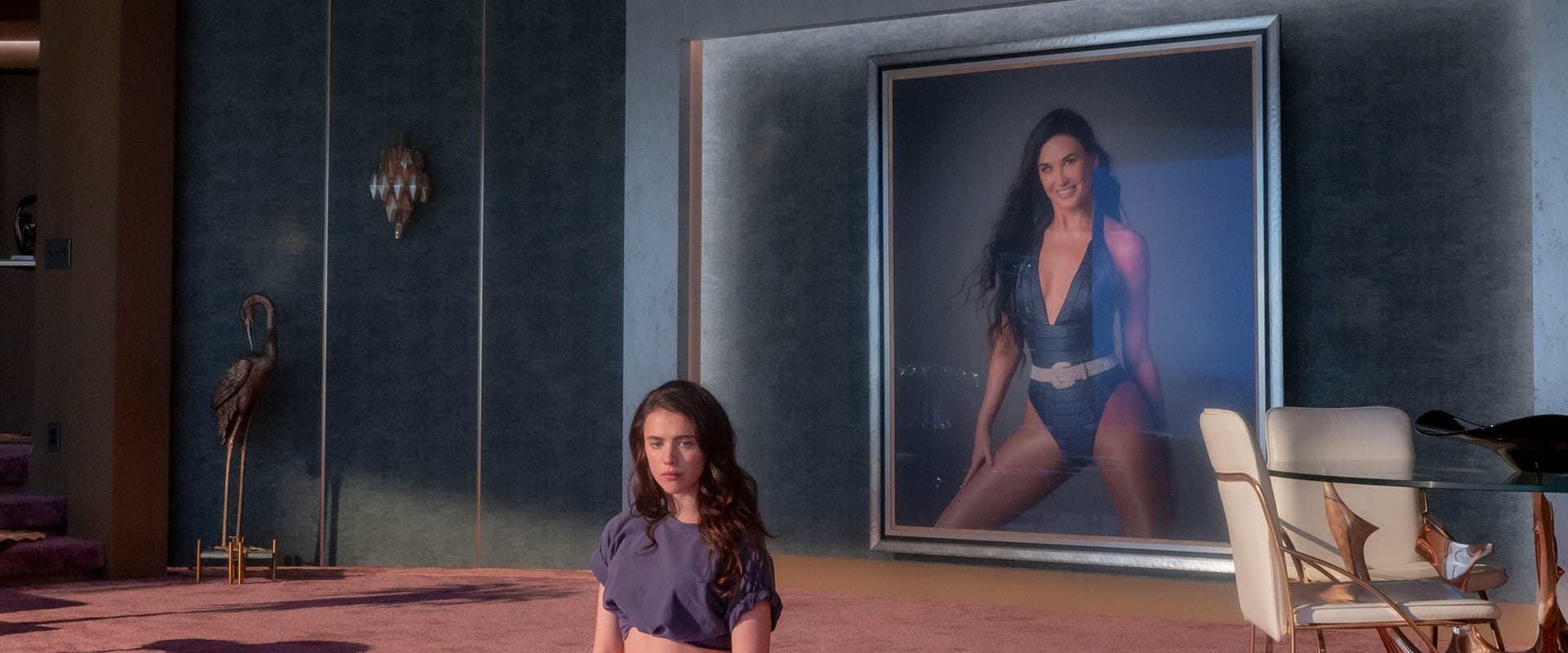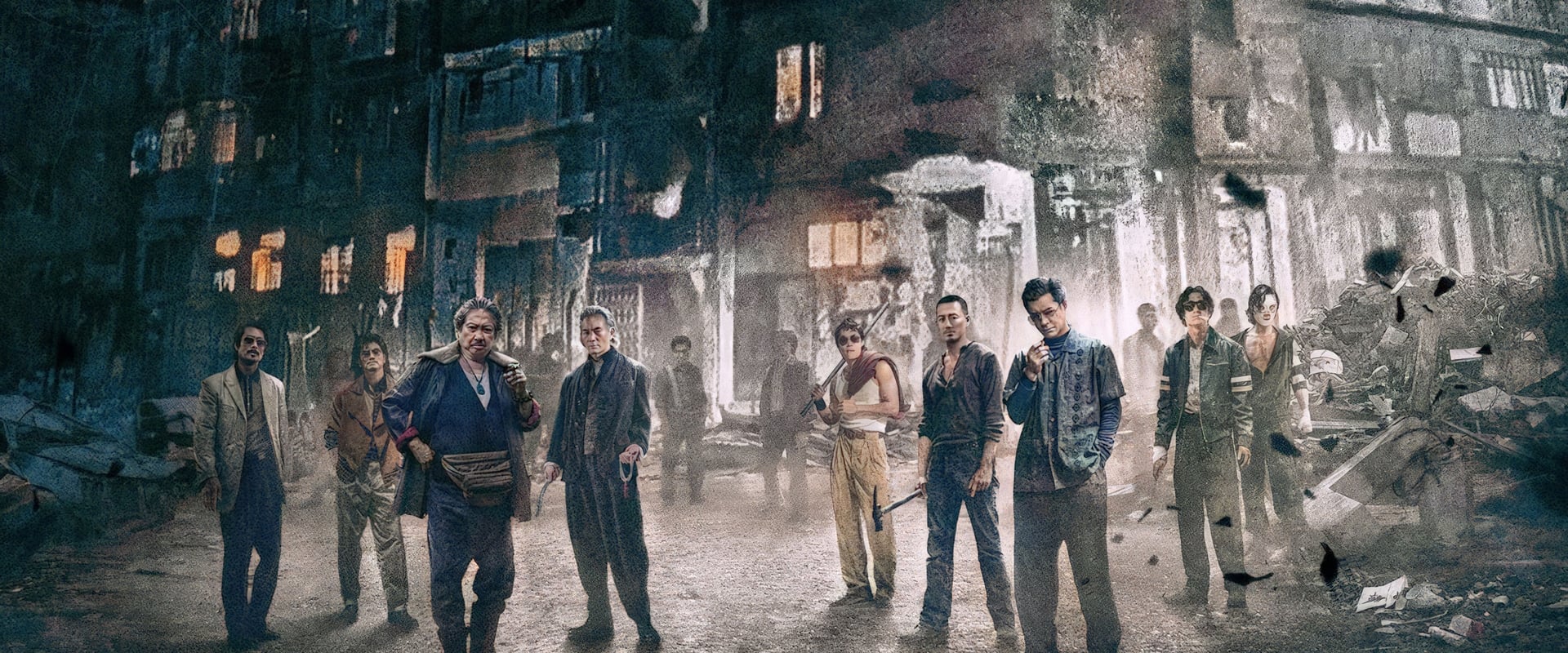Coralie Fargeat’s “The Substance” doesn’t so much open as splatter all over you—like the world’s glitziest acid reflux. Within minutes, you’re somewhere between elation and nausea, the kind that reminds you why you ever loved horror in the first place: it’s meant to rattle not just your nerves but your very sense of what it means to be flesh and woman and watched. Walk in expecting a demure little metaphor about aging, and you’ll find your hands, as mine were, gripping the seat in a bright, queasy trance.
Let’s not play coy: modern body horror, when it’s done right, turns your stomach as much as it goads your conscience—and Fargeat, fresh from dripping out of Cannes with festivalgoers howling “visceral!” between bouts of uneasy laughter, isn’t here to be subtle. She’s concocted a lacquered grotesquerie from the detritus of every beauty myth this culture has ever coughed up, then bludgeoned it into a satire so outrageous it becomes, at times, almost shockingly tender.
What’s the hook? A Hollywood has-been, Demi Moore’s Elisabeth Sparkle (a name so acid it peels the lacquer right off), shoved out of the limelight for the crime of turning fifty—long past her sell-by date in a town where Botox is more respected than wisdom, and having an actual memory of childhood is considered a medical condition. When a nurse hands our ex-starlet a back-alley youth elixir—The Substance itself—she’s off down the gory rabbit hole: inject, convulse, and out climbs her own nymph-oblivious avatar, played by Margaret Qualley, all nerve endings and narcissistic glee.
It’s the premise of every middle-of-the-night wrinkle cream infomercial, except here the Adonis emerges from your spine, not your makeup drawer. The joke—what passes for a joke in this sledgehammer satire—is that the “improved” you becomes your most ruthless enemy, a creature with your face but none of your ragged, hard-won decency. Sue, Qualley’s acid-tongued doppleganger, licks her wounds with more hunger and joy than a Maurizio Cattelan sculpture, leaping into the narrative with a hunger for celebrity so intense it borders on the cannibalistic. Trying to tell where myth ends and glam wrestling begins is pointless; you simply surrender to Fargeat’s lunatic momentum.
Fargeat directs like her camera is a mosquito drawn to every oozing pore, every trembling nerve. The makeup department must still be in therapy; the film is an orgy—no, a marathon—of transformations, laced with image after image that make you guffaw and squirm and check your own hands for early signs of… mutiny. Is it over the top? It builds a penthouse on top of the top. (Did I mention 21,000 liters of blood? If you walk away unstained, you weren’t paying attention.)
But underneath the latex and the lacerations, there’s a brittle, almost beautiful clarity: Moore claws at her lost youth with a performance that is fierce and fragile all at once, a woman peeling herself like a grapefruit, haunted by the knowledge that, at some point, she ceased to exist except as someone else’s memory of beauty. She’s as angry as she is exhausted, as wry as she is tragic, and when her features literally slip off her face, it’s less a horror gag than a moment of bleak, mourning comedy—you laugh, and then you wince, which is the whole trick of the movie.
Qualley, meanwhile, is all kinetic giddiness, the id with a TikTok filter, every nervous tic a threat and every glance a challenge. She’s not a perfect creation but a rabid rebuke, and when she and “mother” go to war, it’s a symphony of envy, disgust, and pure slapstick malevolence—a pie fight with organs instead of custard.
Dennis Quaid, that spectacular lizard of a producer, doesn’t have to move a muscle; his face, as oiled and glib as a billionaire’s Ferrari, says everything about what Hollywood has always wanted from women and feared in itself. He’s the snake who blesses the apple and then files a restraining order.
But let’s not pretend this is a movie of characters. These people are metaphors in heat—the stuff that really evolves is the body, not the soul. The drama isn’t about what anyone feels but about which body spills, decomposes, or devours whose. Somehow, that lack of “serious” psychology is a liberation; your attention is yanked around so relentlessly—by the sound design (think nightclub throb meets the inside of your own decaying skull) and by the visual excess (lurid, gorgeous, profoundly icky)—that by the time the operatic finale hits, you’ve lost your bearings in anything but sensation.
The climax is pure anarchic spectacle: bodies gnashing and splitting, identities mashed like spoiled fruit, Monstro Elisasue—a beauty myth so shattered even Dario Argento might have called for a mop—taking the stage in a parade of mayhem so brazen you’re left laughing, gasping, then mourning for whatever illusions you had left about fame, beauty, or the future of your own collagen.
Where Fargeat slips the knife in, with all her fevered invention, is in how she lets the horror soak through all the way to innocence. The endless parade of nudity isn’t salacious; it’s defenseless. The terror isn’t being unclothed but being seen, scrutinized, broken down for parts, like a product on QVC that you know will break mid-delivery but still buy anyway.
Does it go too far? Only if you think horror, satire, and slapstick shouldn’t hold hands and leap into the juicer together. “The Substance” is a parable about self-annihilation, the precarious edge of being seen and being real, and (let’s face it) about the society that will always sell you a new face if you’re foolish enough to buy. If you crave your horror with a whiff of Chanel No. 5, keep walking—the movie will have already chewed you up and spat out your highlights. But if you want to know what’s throbbing just under your own aging skin, this is your invitation: come marvel, come suffer, come howl.
Glorious, ugly, unashamed, “The Substance” is the rare monstrosity that leaves you less afraid of the dark than of the light that exposes you, frame by bloody frame. And in a world where everything real is airbrushed out of existence, that kind of sick, riotous honesty feels almost like redemption.
Go ahead. Stare. You won’t be able to look away.


